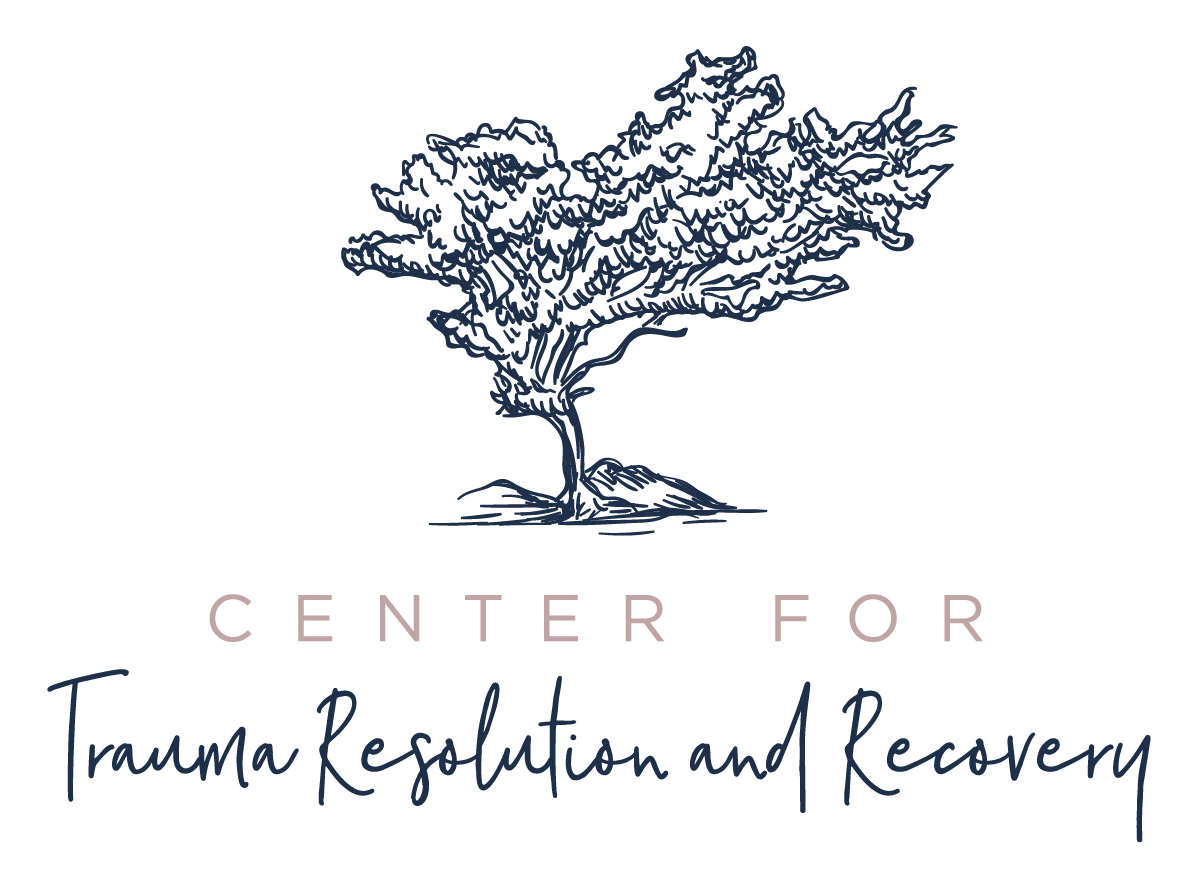On The Intersection of Faith Deconstruction & Religious Trauma
Faith deconstruction. Religious trauma. Two terms that are getting a lot of air-time right now.
Language matters, so let’s start with some definitions.
Deconstruction means “the act of breaking something down into its separate parts in order to understand its meaning.”
Faith deconstruction then, is a deep examination of ones’ beliefs.
Doesn’t that sound manageable? So neat and tidy?
The reality is usually far messier, often imposing itself on us on the heels of an event or situation that brought up questions we could no longer sweep under the rug. The process of faith deconstruction can be profoundly unmooring, but not necessarily traumatic.
Trauma (of any kind) is not what happened TO us (event) but rather a rupture that occurred WITHIN us from an event or series of events that were too much for our nervous system to metabolize.
Dr. Laura Anderson defines religious trauma as “the physical, emotional, or psychological response to religious beliefs, practices, or structures that overwhelm an individual’s ability to cope and return to a sense of safety.”
With enough support and resources, one could re-think their faith or even leave their faith without becoming overwhelmed.
However, faith deconstruction and religious trauma intersect when:
The process of questioning ones’ faith or the fallout of questioning ones’ faith (ie: losing community or access to resources) overwhelms the nervous system
One seeks to live and thrive outside of the religious context but finds that one is unable to thrive because of unconscious belief systems acquired within religion
I’ll use a few examples from my own life.
Questioning my faith at the age of 26 was difficult, but not traumatic. I lost a lot of my friends but had a few who walked with me through it, and I also found some new un-churched friends who were supportive. Certain books gave me new language and paradigms during this time. I journaled my way through it and came out the other side.
When my then-partner could not meet me in that process, it was difficult, but again, not traumatic. I found a good counselor. I read everything I could get my hands on about attachment and boundaries and communication (despite said partner insisting the books did not align with God’s will) and with wise guidance, decided the marriage needed to end. I moved away with my two small children. Extremely difficult, yes. But not traumatic.
It was soon after that the impacts of my previous religious mindsets began to reveal themselves as trauma.
I didn’t know how to do life very well outside of the religious systems I’d shaped my life around. Did I have a mental health condition? Some sort of hidden illness? What was up with me?
I was essentially unemployable. I could lead a worship service with my eyes closed but that wasn’t impressive to anyone on a job resume. Employment itself carried immense anxiety. And why wouldn’t it when I’d spent years believing I was “called to ministry” and seeking employment felt like a transgression? Sometimes, curled up in bed, I felt hollow. And why wouldn’t I when I’d spent years affirming that my only reason for living was (a certain version of) God?
I remembered an altar call during a youth rally when a visiting preacher stood at the front and hollered “God’s calling some of you tonight to be martyrs for the Lord! Who here would be willing to die for Jesus?” I and several others put our hands up. Examining that scene later in life, I was appalled. So I was more valuable if I…wasn’t here? Oof. Could that have been one of the reasons I’d had trouble getting out of bed?
The belief systems I’d acquired within religion were the traumatic events. But the impacts of those belief systems only revealed themselves once I attempted to cope and find safety outside of the system.
This is one of the complexities of religious trauma. And because belief systems are stored in the unconscious—especially when they’re formed early in life—they stay hidden until we do the work of making them conscious. Many of us leaving toxic religious environments experience something I call “flip-side negative core beliefs”.
In church, we affirmed things like:
I’m washed in the blood.
I’m blessed.
I’m chosen.
I’m adopted.
I’m saved.
Only God can satisfy.
My worth is found in You.
Life is only found in Jesus.
But when we leave, where do these beliefs go? They remain within us as “embodied stances”—unconscious stored patterns in the body. And although we may no longer cognitively subscribe to the old beliefs, we are left with the flip-sides:
I’m stained.
I’m cursed.
I’m unimportant.
I’m alone.
I’m doomed.
Nothing satisfies.
My life is worthless.
I can’t thrive.
These embodied stances developed in us over time as concepts were reinforced and repeated. They show up in the present in our unwanted behaviours, our anxiety or depression, our tension and our stuck-ness. Our symptoms are smoke signals from the psyche, letting us know where there is something that needs to be processed and released.
If you find yourself at this intersection of faith deconstruction and religious trauma, know that the struggle is legitimate and that healing takes time. A journaling practice or a movement practice can be extremely helpful as we learn to decipher these smoke signals. And of course, there are practitioners at CTRR who would love to support you in this process.
This is deep healing work you’re doing. As you heal your own religious trauma, the rest of the world benefits as well. So thank you for doing it.
Kim June Johnson is a yoga therapist, mindfulness facilitator, somatic coach and associate practitioner at CTRR.
To learn more about working with Kim, click here.

